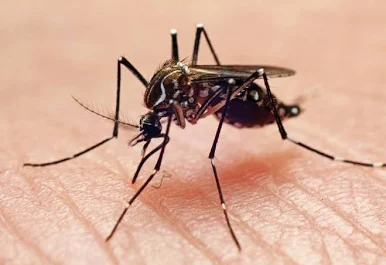By Atoyebi Nike
A surge of chikungunya virus infections has hit southern China, with over 7,000 confirmed cases centred in the Shunde district of Foshan. The outbreak has prompted authorities to enforce strict mosquito-control measures and expand isolation capacity in hospitals.
The World Health Organization warned in July that chikungunya risked becoming a global epidemic, citing climate change as a factor driving the spread of mosquito-borne diseases. Chinese health officials are now doubling mosquito-proof hospital beds and fining households for allowing stagnant water key mosquito breeding sites.
Chikungunya is transmitted through the bites of infected dengue and Asian tiger mosquitoes. Symptoms include joint pain, swelling, fever, fatigue, and rashes. While rarely fatal, it poses greater health risks for older adults and those with underlying medical conditions.
To contain the spread, China’s CDC has reintroduced measures similar to those used during the COVID-19 pandemic, including isolating patients under mosquito nets and inspecting homes for mosquito habitats. Authorities described the outbreak as “imported” without stating its origin.
Although there are no official travel bans, the U.S. CDC plans to issue an advisory for travelers to China, and some countries, including the U.S. and U.K., have recommended vaccination for those visiting affected regions. However, the vaccine is not available in China or Australia, where local transmission has not been reported.
Health experts continue to warn that changing climate conditions are making mosquito-borne viruses like chikungunya harder to contain globally.


